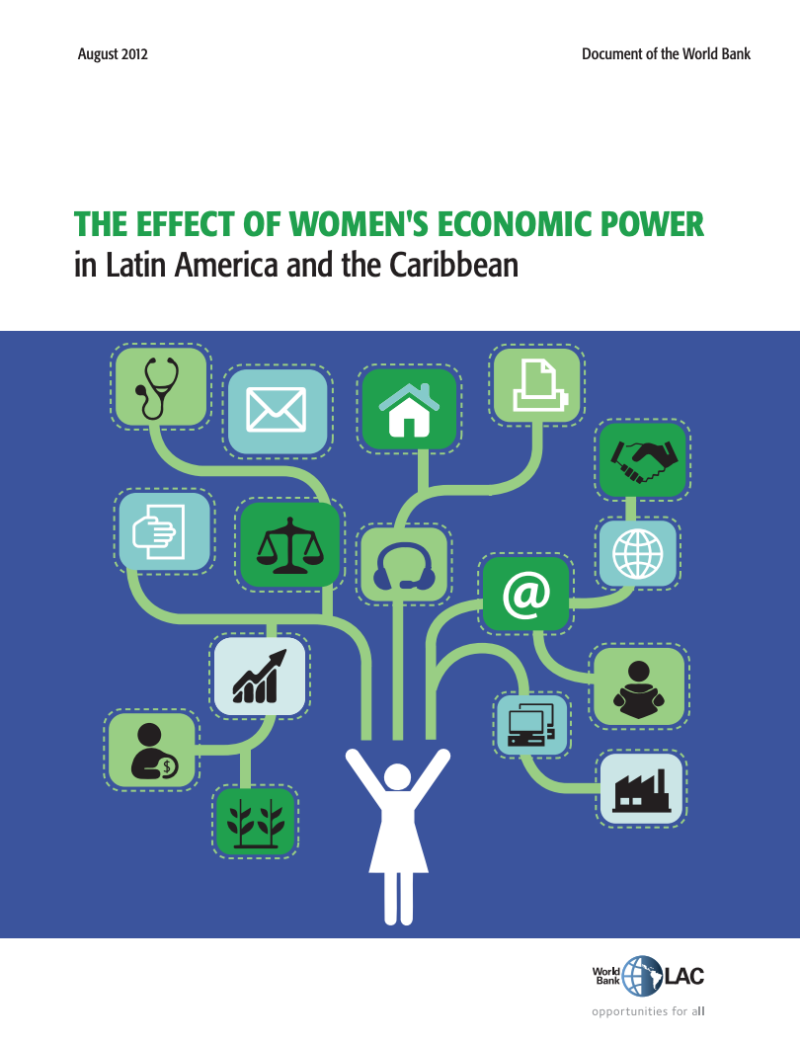Protecting Latin America’s Poor During Economic Crises
History tells us that economic crises cause large increases in poverty. The most recent economic crisis will cause Latin America’s GDP to contract around 2 percent in 2009.
The first decade of the 21st century has been kind to Latin America. For instance, in the eight years from 2002 to 2010, the region overall reduced poverty from 45 percent to 29 percent. Though often overlooked, women have played a key role in this progress. To explore the subject further, on August 29, 2012, the Inter-American Dialogue hosted a conversation with Louise Cord and João Pedro Azevedo of the World Bank to discuss their brief, “The Effects of Women’s Economic Power in Latin America and the Caribbean.”
A number of forces are responsible for this marked decrease in poverty in Latin America, according to Cord. Influences such as improved macro-policies, investment in education and social programs, as well as growth driven by global demand for commodities account for about two-thirds of the poverty reduction of the 21st century. Labor market income was highlighted as an especially crucial factor in the improved economic situation of the region. Women’s increased income and participation in the labor market accounted for the final one-third of the equation.
The confluence of these factors has generated a definitive upturn in women’s economic contributions. There has been, for example, a 15 percent surge in the number working women, which now accounts for almost half of the region’s female population. Women from low-income households joined the labor force more than those of any other sector. These trends also correlate with higher levels of enrollment in secondary and tertiary education. Cord concluded that females today have more educational assets and enjoy greater returns on education than males. Women also tend to live longer, thereby benefiting from more years of collecting pensions.
There are, however, vulnerabilities and challenges that continue to affect economic growth and women’s contributions. Cord pointed out there has been “no structural shift in employment for women,” largely confining them to low income jobs. There has also been a persistent gender gap in wages, especially in top professions. Women are also required to have more degrees than men for these positions. Cord explained how these persisting inequalities undermine women’s incentives to get into higher-level jobs.
While this labor segmentation is discouraging, discussants echoed the hope that women’s participation would be the key to the solution. As one participant noted, agency or “the ability to aspire to a different life and put the pieces together to get there,” is critical to the success of new policies designed to enhance gender equality and reduce gender-based violence. Job training for women, improved access to quality childcare and increased male participation, support programs for female single-headed households, and strengthening women’s leadership are all important steps toward real and sustainable advances.
History tells us that economic crises cause large increases in poverty. The most recent economic crisis will cause Latin America’s GDP to contract around 2 percent in 2009.
Haiti represents one of the most complex and deeply rooted challenges facing U.S. foreign policy in the Western Hemisphere: a failing state on the doorstep of the world’s most powerful nation.
Since achieving independence in 1804 to become the world’s first free black state, Haiti has been beset by turbulent, often violent, politics and a gradual but seemingly unstoppable slide from austerity to poverty to misery.
